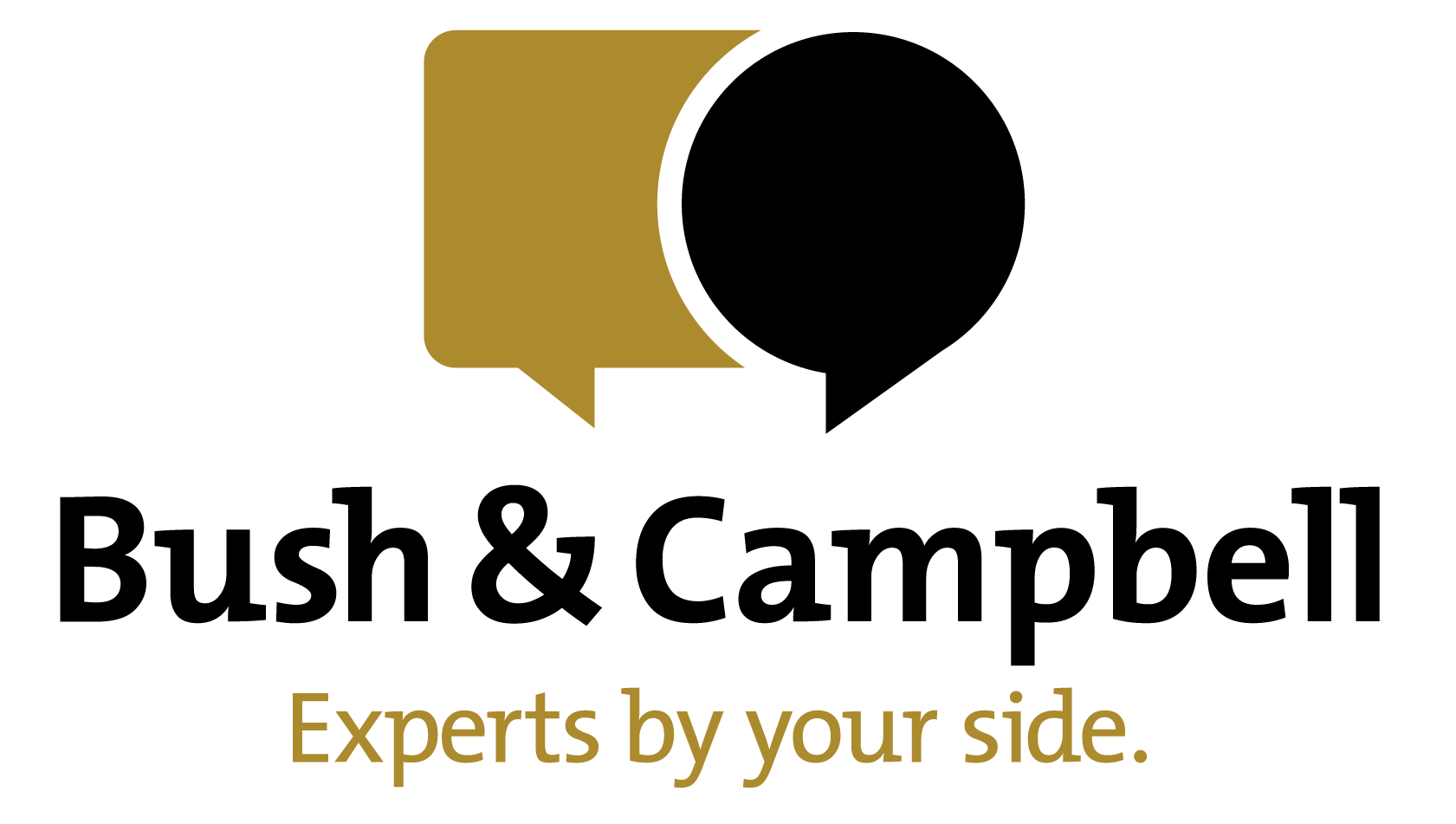Superannuation Strategies To Employ Before The EOFY
With the end of the financial year getting closer, now is the time to be thinking about the ways that you could be growing your superannuation.
With superannuation being the key to a comfortable retirement, here are some of the strategies to consider that could help with streamlining your finances (while also taking into account some considerable tax breaks).
Concessional Contributions
Also known as the before-tax contributions, these are the funds that go into your super account from your income before tax. These can include
Employer contributions
Salary sacrifice payments
Personal contributions (which can be claimed as a tax deduction).
The concessional contributions cap is $27,500 for all ages for the 2021-22 financial year. Your cap may be higher if you did not use the full amount of your cap in previous years. This is called the carry-forward of unused concessional contributions.
Bear in mind that if your combined income and concessional contributions are more than $250,000 in total, you may have to pay extra tax. This is something to consider if you are looking to make personal contributions for the sake of the tax deduction.
Non-Concessional Contributions
Before-tax contributions are not the only way to top up your super account. Non-concessional contributions are made into your super fund from after-tax income. They include contributions made by you or your employer on your behalf from aftertax income, contributions made by your spouse to your super fund, or personal contributions not claimed as an income tax deduction.
For the 2021-22 financial year, the non-concessional contributions cap is being increased to $110,000. If you contribute more than this, you may have to pay extra tax on this.
Your own cap may be different from others though, as it could be:
Higher, if you are able to use the bring-forward arrangements
Nil, if your total super balance is greater than or equal to the general transfer balance cap ($1.7 million from 2021-22
Changes Coming Into Effect 1 July 2022
Though the recent Budget announcements for superannuation only covered the reduction to the minimum annual drawdown amounts for superannuation pensions and annuities, that doesn’t mean that there aren’t other changes still to come into effect from last year’s announcements. Be mindful of the following when planning your superannuation strategies for next year:
Bring-forward non-concessional cap extended to anybody under 75 (subject to Total Superannuation Balance)
Work test requirements were abolished for 67-74-yearolds in respect of making or receiving personal and salary sacrificed contributions.
The SG rate is set to increase to 10.5% (up from the current 10%), as applicable to an employee’s (and some contractors’) ordinary time earnings.
$450 per month income threshold abolished for SG contributions - those earning below this amount may now be eligible for the superannuation guarantee.
Reduction to age 60 (down from 65) for the home downsizer contribution scheme
Increase to voluntary contribution release amounts under the first home super saver scheme from $30,000 to $50,000

